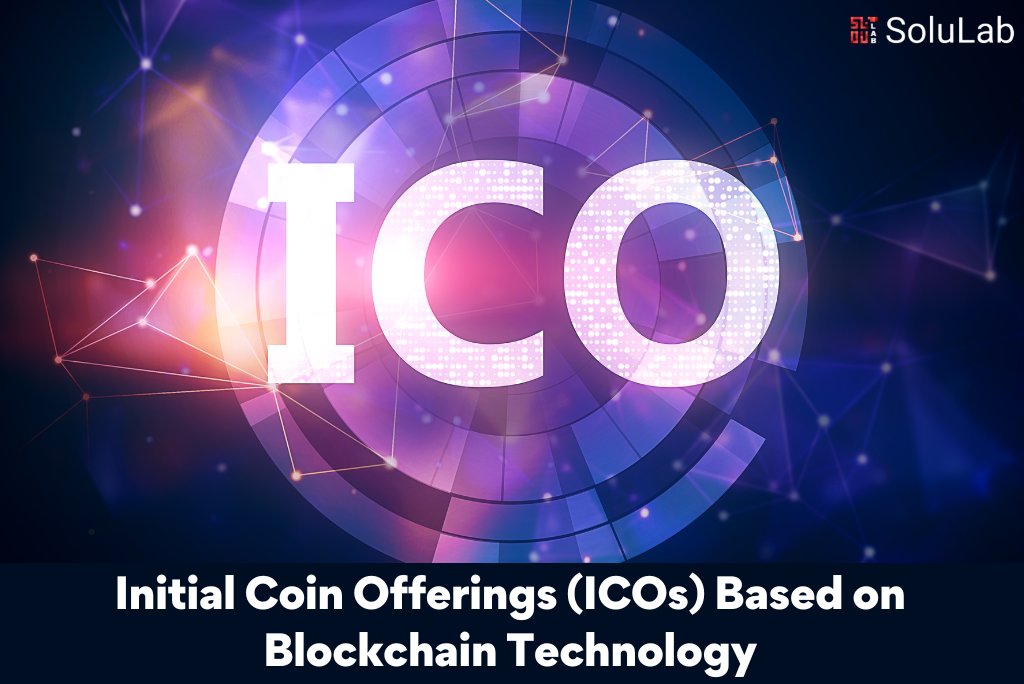What is an ICO and how does it work?
Typically, start-ups find funding for their business through money from venture capital funds, banks, or crowdfunding, including business angels, but with many lending institutions reluctant to provide funding to start-ups, early-stage companies are looking for new ways to raise funds. Some start-ups are exploring ways to integrate new technologies (Distributed Ledger Technology, blockchain and smart contracts) into their business models. Initial coin offerings (ICOs), also called initial digital token offerings (ITOs), are currently in vogue, with blockchain technology offering the possibility of funding startups through these methods.
An ICO is a means of funding a company, similar to an initial public offering (“IPO”). However, unlike an IPO, through which a company issues shares or other securities to potential investors, through an ICO, a start-up issues digital tokens to investors, based on the start-up’s own cryptocurrency or cryptocurrencies such as ether or bitcoin, using blockchain technology.
How should I create a crypto ICO?
To understand how an ICO/ITO works, we need to start with the blockchain technology on which any ICO/ITO is based. Blockchain technology has the potential to be so revolutionary that it has been called the “new internet”.
The blockchain is a decentralised peer-to-peer electronic ledger that accurately transcribes and maintains records of transactions and is (almost) impossible to alter. Peer-to-peer in computer language means a direct connection between two computers on the same network, capable of sharing information with each other without the need for a third party to act as a server. SEO consulting. The decentralised and immutable nature of this registry is the real innovation, allowing for the first-time people who do not know each other to enter transactions with confidence without relying on a conventional intermediary (such as a bank, PayPal or platforms like Uber and Airbnb).
This has opened the door to a wide range of applications. At its core, a blockchain is open-source software that anyone can download for free, use and enhance to develop new tools to manage online transactions. Thus, it has the potential to unleash countless new applications and transform a lot of things. For example, multiple start-ups are working to develop apps that link a consumer’s digital wallet containing cryptocurrencies to credit card accounts, so that when the consumer swipes the mobile phone display in a coffee shop or restaurant, the merchant is paid in the local fiat currency and the user’s digital wallet is debited. Such an app would remove the banks and achieve the goal of particularly advantageous exchange rates for consumers.
Typically, ICOs become public knowledge after a start-up announces, through online channels such as cryptocurrency forums and websites, the launching digital token offering to raise funds to develop a product or service in the technology sector using a blockchain platform.
In an ICO, digital tokens can have different purposes and aims: (i) to provide voting rights or rights to a share of the issuing start-up’s future revenues, or (ii) to be used to access or purchase a service or product that the issuing start-up will develop (for example, in the case of the Filecoin ICO investors received digital tokens that they could use to acquire cloud storage from Filecoin once the decentralised cloud storage service is launched), or (iii) to be traded and exchanged into fiat or virtual currencies (ether, bitcoin, etc.). ) at different exchange rates after issuance.
The impetus for ICOs is driven by the enthusiasm for applications of the new blockchain technology, with ICOs being the fundraising vessel behind these new applications. In an ICO, issuing entities will offer digital tokens in exchange for payment with convertible cryptocurrencies (the most popular of which are bitcoin and ether), which can be converted into and out of fiat currencies (e.g., US dollar, euro).
These companies will usually display a set of information in the form of a white paper, a document that defines the business model and purpose of digital tokens, generally containing a detailed explanation of the business concept and the market need it targets, how the blockchain business solution will revolutionise the traditional product, what the digital token is, how the money resulting from the ICO will be spent to develop and implement the business solution. A white paper is one of the essential documents to inform any investor and at least a minimum research that investors need to do when deciding whether to buy a particular digital token.
Read more: How Much Does it Cost to Build your own ICO?
What is the size of the market?
ICOs have become very popular for start-ups in the cloud computing and social media sectors to raise capital as an alternative to venture capital and initial public offerings (IPOs). According to statistics, in 2017 alone, so far, ICOs have raised over $2.3 billion in capital worldwide. Such capital mobilisation is mainly due to a lack of regulatory regulation. Until recently, globally, all digital token issuers seem to have operated on the principle that the digital tokens they distribute are not securities and therefore not subject to the (traditional) legal requirements applicable to securities, such as the obligation to provide the investor with a detailed disclosure document (prospectus) that would incur the liability of the issuer if the information is not true.
Are ICOs regulated?
While most financial regulators and supervisors in Europe (with the exception of Germany’s Federal Financial Supervisory Authority), are silent on the many legal questions related to ICOs/ITOs, the US Securities and Exchange Commission (SEC) has taken the position that digital tokens are securities under certain circumstances, in which case their underwriting will have to be documented by a prospectus that will incur the liability of the issuer subject to registration and licensing requirements by the US Securities and Exchange Commission (SEC). For its part, the German Federal Financial Supervisory Authority has qualified them as financial instruments, making trading with digital tokens subject to MiFID II requirements.
Some of the ICOs have been promoted as an unregulated form of investment, on the grounds that digital tokens are not securities in the sense of the various investor protection laws and do not require compliance with the specific obligations of issuers of securities admitted to trading on a regulated market. However, depending on the nature of the rights deriving from the digital token, it is possible for a digital token to be a security, especially if the benefits deriving from the token entitle the investor to a share of the future profits of the issuer, profits which would arise from the management efforts of others, the investor not being involved in the management and control of the issuer. This view was recently adopted by the US Securities and Exchange Commission (SEC) in its investigation of digital tokens issued by the DAO, which raised over $150 million through an ICO.
What is an ICO? Let’s Digging
Similar to the U.S. regulator, the Canadian regulator believes that if a person purchases a digital token that, for example, allows them to play video games on a platform, the chances of that token qualifying as a security are reduced. However, if the rights deriving from the token are linked to the profits or success of a business, the digital token could qualify as a security (e.g. bonds, other debt securities).
Undoubtedly, issuers and investors of digital tokens will need to proceed with caution, as the dividing line between rights deriving from the token, and therefore the qualification of tokens as securities, is fine and differs according to the specifics of each ICO. In addition, how different EU countries will want to regulate the taxation of gains from digital tokens could also influence the nature attributed to digital tokens by regulators. In addition to the issues of how digital tokens are regulated, the legal aspects of consumer protection and anti-money laundering provisions must also be carefully considered in structuring any ICO.
Blog Credits: Medium





